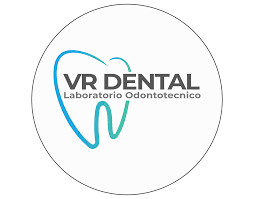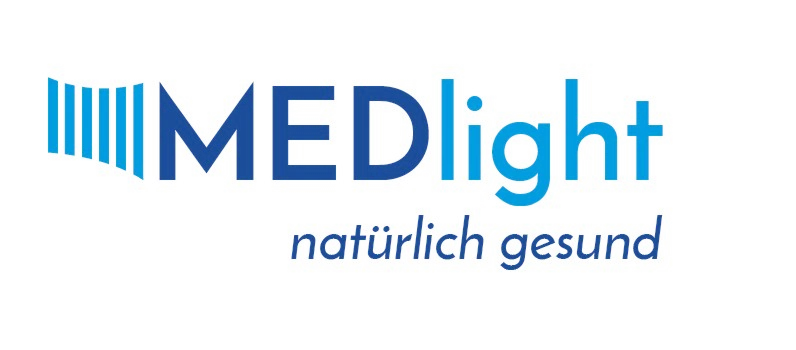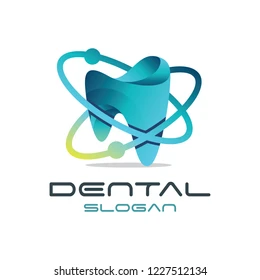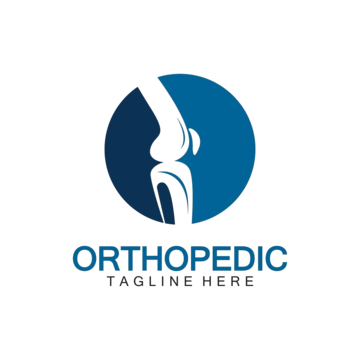VR Dental Training Lab
Context
VR Dental Training Lab is, in simple terms, a teaching clinic that lives inside a headset. Instead of sitting in front of a plastic jaw or a mannequin, students walk into a digital room where anatomy, tools, and procedures are all recreated in 3D. They can repeat steps, make mistakes, and reset as often as needed — without touching a patient or using costly disposable materials.
The system was built mainly for universities and dental schools, though some hospitals and training centers have picked it up too. From the admin’s angle it’s a mixed bag: yes, it offers cutting-edge training, but it also comes with headsets that need calibration, workstations that must be powerful enough, and an IT environment that has to stay stable. Because of that, it’s usually rolled out in controlled labs where the hardware and staff are already in place.
Technical Profile (Table)
| Area | Details |
| Platforms | Windows on VR-ready hardware |
| Hardware | Headsets such as HTC Vive or Meta/Oculus, plus GPU-equipped PCs |
| Functions | Virtual anatomy exploration, guided lessons, interactive procedure training |
| Inputs | Demo libraries bundled, optional case packs from vendors |
| Outputs | Student progress logs, instructor dashboards, session recordings |
| Networking | Primarily local; optional link to LMS for course grading |
| Security | No patient records involved; user progress handled locally |
| Licensing | Educational licenses; trial/demo versions available |
| Maintenance | Headset firmware, GPU drivers, and teaching modules need regular updates |
Scenarios (Dental Use)
– A dental school sets up a VR lab so students can practice cavity prep or implant drills before ever holding a real handpiece.
– A simulation center uses it for group demos, showing one student’s VR perspective on a big screen for everyone else.
– A research project measures how repeated VR practice improves fine motor skills compared to traditional phantom heads.
Workflow (Admin View)
1. Install software on VR-capable PCs.
2. Configure headsets and controllers, making sure the play area matches dental seating ergonomics.
3. Load modules relevant to the course — restorative, surgical, or anatomy basics.
4. Set up instructor accounts so teachers can watch performance and manage sessions.
5. Link to LMS if the school wants automatic grading.
6. Keep things updated, from firmware to GPU drivers to new module releases.
Strengths / Weak Points
**Strengths**
– Immersive training makes students more confident before clinic rotations.
– Cuts down on physical consumables and lab overhead.
– Mistakes are safe and repeatable.
– Teachers can track progress with clear data.
**Weak Points**
– Requires costly VR gear and strong PCs.
– Not easy to deploy in small schools or practices.
– Needs careful setup and constant maintenance.
– Still lacks true tactile feedback.
Why It Matters
VR Dental Training Lab reflects how digital simulation is creeping into dental education. It won’t replace real-world practice, but it adds a layer of preparation that textbooks and mannequins can’t provide. For IT administrators, the challenge is heavier than with standard teaching apps — VR means headsets, drivers, and GPUs that need attention. Still, the trade-off is a safe, flexible, and repeatable training method that gives students a running start before they enter the clinic.









